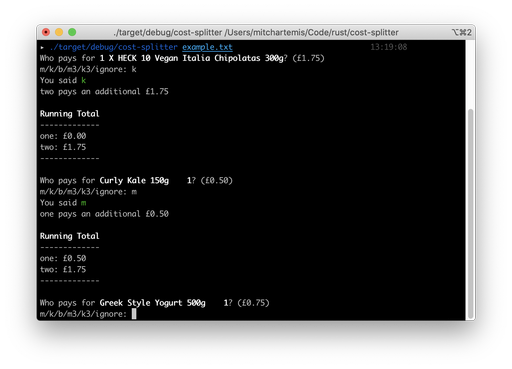Rails 5.1 comes with a lot changes for Javascript, making it easy to develop apps in Vue, React, and much more.
After a bit of playing around, here's how I've set up Elm with Webpack.
First make sure you have Rails 5.1 installed and Elm 0.18. This method will expect to use elm-make via webpack, so make sure it's available in your path. Webpacker also requires Node 6.4+, so make sure you have that installed, too.
Create a new rails app with --webpack
rails new app —webpack
Change in to the app directory and add the following Node packages with Yarn:
bin/yarn add elm elm-webpack-loader elm-hot-loader
Next we'll add the Foreman gem. This gem let's us use the webpack-dev-server alongside Rails.
# Gemfile
gem 'foreman'
Run bundle update afterwards to install the gem.
Create a Procfile in your project root for Foreman with the following 2 lines of code:
web: ./bin/rails server
webpack: ./bin/webpack-dev-server
Now we need to tell Webpack to look for .elm files. Go to config/webpack/paths.yml and add - .elm to the list (Note that order does matter, Putting .elm above .js will throw an error).
default: &default
config: config/webpack
entry: packs
output: public
manifest: manifest.json
node_modules: node_modules
source: app/javascript
extensions:
# ...
- .coffee
- .js
- .elm
Go into the loaders directory and add elm.js with the following code:
//config/webpack/loaders/elm.js
module.exports = {
test: /\.elm$/,
exclude: [/elm-stuff/, /node_modules/],
loader: 'elm-hot-loader!elm-webpack-loader?verbose=true&warn=true&debug=true'
}
Notice in line 6 that you can configure verbosity, warnings and debugging.
Finally, it's time to write some Elm! In your app/javascript/packs/ directory create Main.elm and add this basic Elm code.
module Main exposing (..)
import Html
import String
main : Html.Html msg
main =
"Hello World"
|> Html.text
In the adjacent application.js file (Still in the packs directory) import your Elm file and embed it in the div element of your choice.
var Elm = require('./Main');
Elm.Main.embed( document.getElementById( 'app' ) );
Go to your application layout (app/views/layouts/application.html.erb) and import the Javascript file with the Webpack helper just above your closing body tag and add the div element wherever you wish.
<!-- ... -->
<div id="app"></div>
<%= javascript_pack_tag 'application' %>
</body>
You'll need the elm-package.json to run the server, so go ahead and run elm-package install which will generate that for you.
All you need now is a view to display it in! If you haven't done this already, you can quickly create a route in config/routes.rb
get '/', to: 'application#index'
Then create view app/views/application/index.html.erb, if you put the div in the application layout, then you should now be able to see "Hello World" from Elm!






